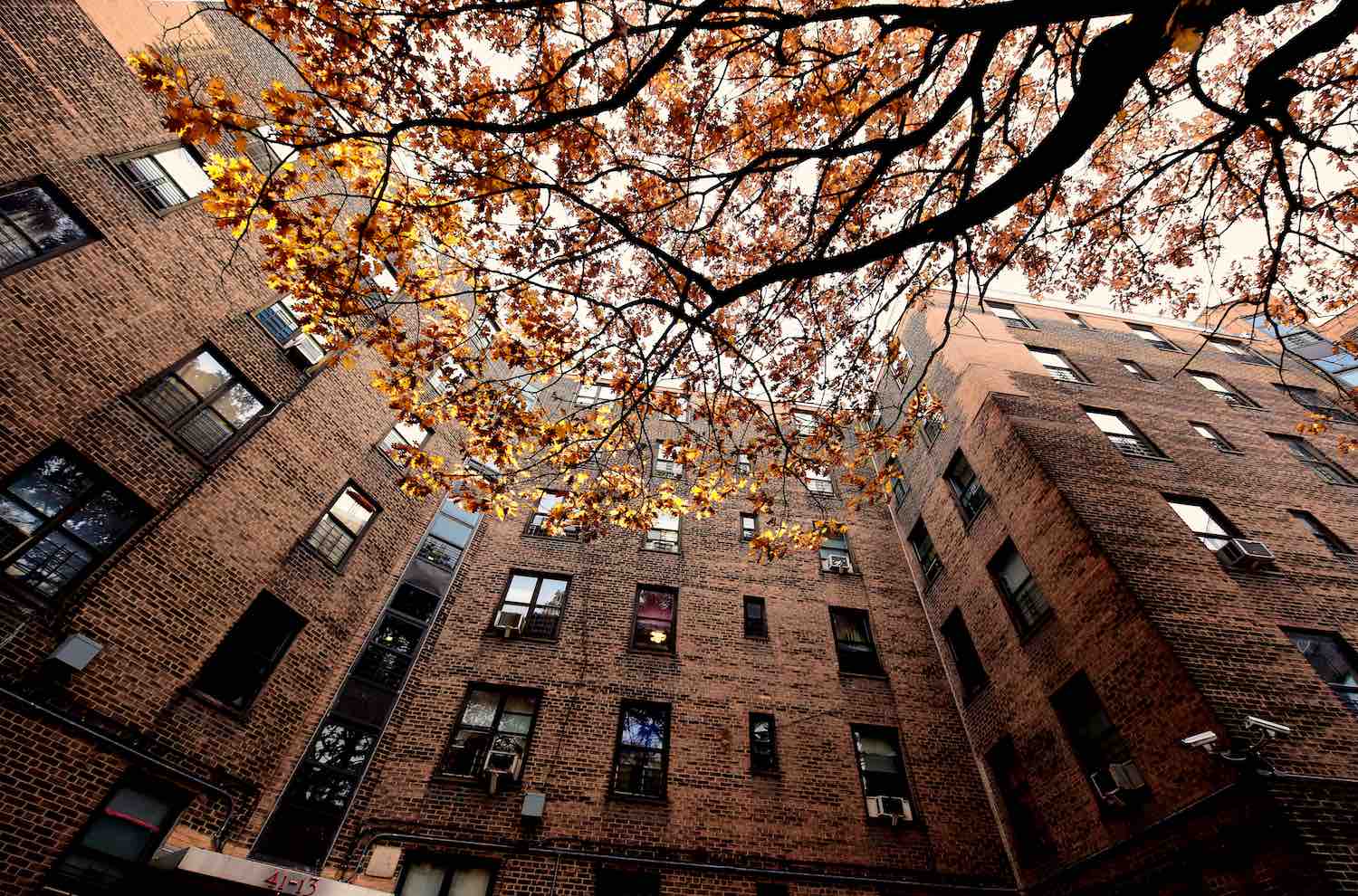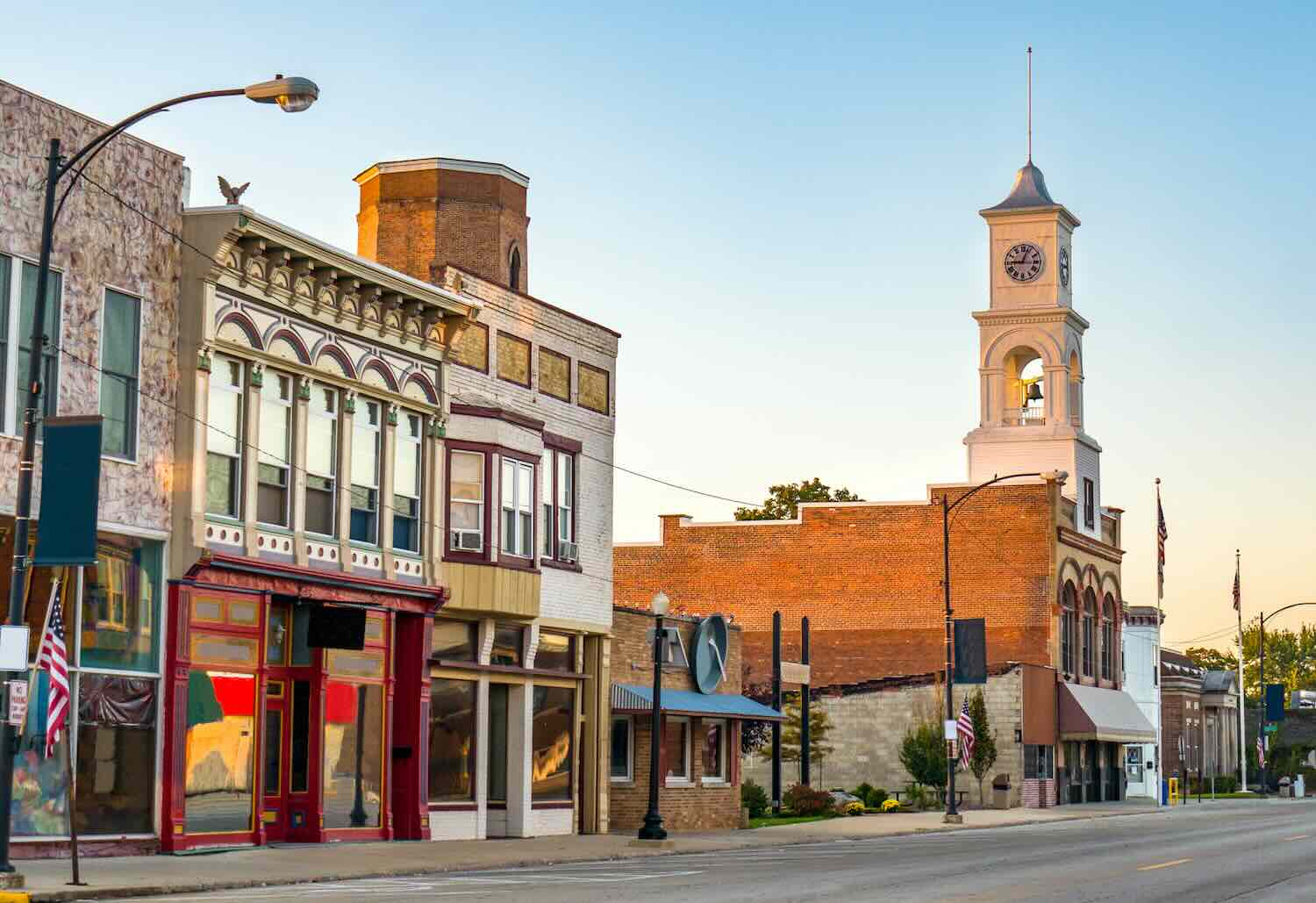ImpactAlpha, Aug. 2 – The surprise Inflation Reduction Act and a bipartisan bill to support domestic semiconductor production had clean energy advocates buzzing last week. So it was easy to overlook a series of actions by the Biden administration to help low-income households to access clean energy savings and the new wave of green jobs.
In recent months, big players from the private equity firm Apollo to Reactivate, a joint venture of Lafayette Square and Invenergy, have piled into the market for community solar for low- and moderate-income communities. But red tape made it difficult to reach families in public housing and other federally subsidized programs.
The actions by the Biden administration update rules across a variety of government agencies to remove stumbling blocks that have prevented solar providers from serving low-income households that could most benefit from lower energy bills.
“It’s a big deal for the solar sector, but it’s a huge deal for people who care about affording their electricity bill,” Michelle Moore of Groundswell, a nonprofit community solar developer, told ImpactAlpha.
Lower bills
Low-income households spend disproportionately more of their income on energy, with the poorest households spending as much as 30 or 40% of their income on energy bills. Community solar enables households to subscribe to a solar project without needing to install panels or pay up front costs – and save on their energy bills.
Under new guidance from the Department of Housing and Urban Development, some 4.5 million families that receive rent subsidies will be able to participate in community solar for the first time. Because of a quirk in the existing rules, their rents would have increased if their utility bills decreased.
“Now, if solar cuts your bills, your rent won’t go up,” says Moore.
Two other agencies, the Department of Energy and the Department of Health and Human Services, are piloting an online platform to connect households that receive energy subsidies to community solar projects. Colorado, Illinois, New Jersey, New Mexico, New York, and Washington, D.C. are the first states to participate in the program, called the Community Solar Subscription Platform.
It will initially be used by households enrolled in the Low-Income Home Energy Assistance Program, or LIHEAP. The program could save households between 10% to 50% on their electric bills, for combined savings of $1 billion, according to the Energy Department.
“The recent announcement from the Biden-Harris Administration will help advance a more equitable and just energy transition and we are grateful for their leadership,” said Utopia Hill of Reactivate, which plans to invest a half-billion dollars in dozens of community solar projects over two years.
Green jobs
The Department of Energy also is looking to shore up a shortage of energy transition workers and boost opportunities for underrepresented groups in the rapidly growing solar industry. The agency will earmark $10 million from the bipartisan infrastructure bill to award up to 16 grants for workforce training under the Advancing Equity Through Workforce Partnerships funding program.
To meet decarbonization goals, the green workforce will need to expand from 300,000 workers today to between 500,000 and 1.5 million by 2035.
“We couldn’t be more excited about what the President is doing,” said BlocPower’s Donnel Baird. “It will allow low income communities to leapfrog fossil fuels into a clean energy future.”
The new actions support the administration’s Justice40 Initiative, which aims to ensure that at least 40% of the benefits from federal climate and clean energy investments flow to disadvantaged communities.
Roodgally Senatus contributed reporting to this article.











